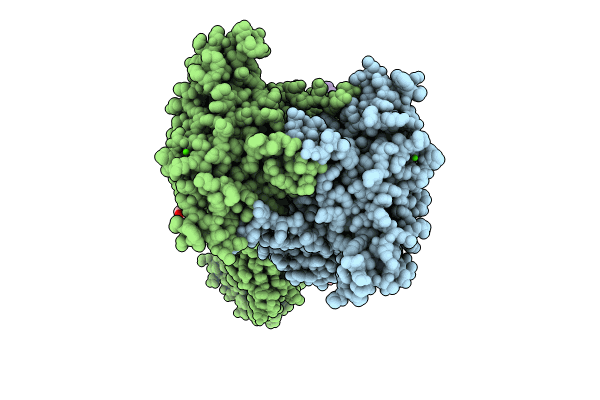
Deposition Date
2023-05-29
Release Date
2024-02-07
Last Version Date
2024-10-16
Entry Detail
PDB ID:
8SZH
Keywords:
Title:
Cryo-EM structure of cinacalcet-bound human calcium-sensing receptor CaSR-Gi complex in lipid nanodiscs
Biological Source:
Source Organism:
Homo sapiens (Taxon ID: 9606)
Host Organism:
Method Details:
Experimental Method:
Resolution:
3.10 Å
Aggregation State:
PARTICLE
Reconstruction Method:
SINGLE PARTICLE


